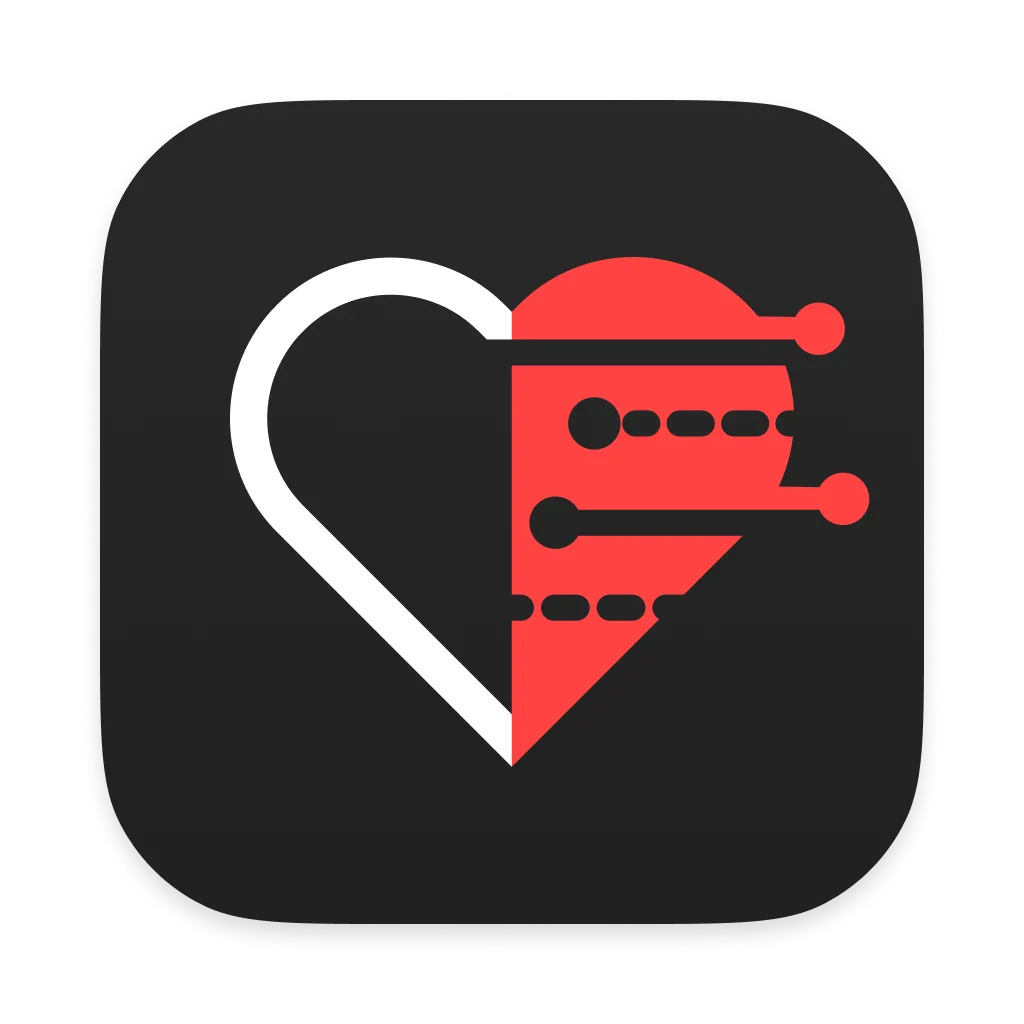Project Structure
Flow-Like Project Structure
Section titled “Flow-Like Project Structure”This document provides an overview of the Flow-Like project’s architecture and folder organization to help new contributors understand how the codebase is organized.
Root Structure
Section titled “Root Structure”The Flow-Like project follows a monorepo structure with dedicated directories for applications, shared packages, and project configuration:
flow-like/├── apps/ # Standalone applications├── packages/ # Shared libraries and components├── .github/ # GitHub workflows and configuration├── assets/ # Project assets (mostly for github)├── tests/ # Project-wide tests & test data├── tools/ # Development and build tools└── README.md # Project documentationApplications (apps)
Section titled “Applications (apps)”The apps directory contains standalone applications that are part of the Flow-Like ecosystem:
apps/├── desktop/ # Main desktop application (Tauri)├── backend/ # Backend services├── docs/ # Documentation site├── schema-gen/ # Schema generation tools├── web-app/ # Web application frontend└── website/ # Marketing websiteDesktop Application (desktop)
Section titled “Desktop Application (desktop)”The desktop application is built with Tauri (Rust) and modern web technologies:
apps/desktop/├── src-tauri/ # Rust code for the Tauri desktop application│ ├── assets/ # Application assets│ └── src/ # Rust source code├── components/ # React components specific to the desktop app├── app/ # Next.js application structure├── public/ # Public static assets└── scripts/ # Build and utility scriptsShared Libraries (packages)
Section titled “Shared Libraries (packages)”The packages directory contains shared code that’s reused across applications:
packages/├── core/ # Core Rust logic library├── schema/ # Data schema definitions└── ui/ # Shared UI componentsCore Logic (core)
Section titled “Core Logic (core)”The core logic package contains the Rust implementation of Flow-Like’s core functionality:
packages/core/├── src/│ ├── bit.rs # Bit implementation│ ├── flow/ # Flow execution engine│ │ ├── catalog/ # Node catalog│ │ ├── execution/ # Execution engine│ │ ├── node.rs # Node implementation│ │ └── ...│ ├── models/ # Data models│ ├── state/ # Application state management│ ├── utils/ # Utility functions│ └── lib.rs # Library entry point├── Cargo.toml # Rust dependencies and configuration└── tests/ # Core library testsUI Components (ui)
Section titled “UI Components (ui)”The UI package contains shared React components used across applications:
packages/ui/├── components/ # React component library│ ├── flow/ # Flow-specific components│ │ ├── node/ # Node rendering components│ │ ├── variables/ # Variable handling components│ │ └── flow-preview.tsx # Flow preview component│ └── ui/ # General UI components├── types/ # TypeScript type definitions└── package.json # Package dependencies and configurationKey Files and Directories
Section titled “Key Files and Directories”src-tauri: Contains the Rust code for the desktop application, built with Tauri- flow: Houses the flow execution engine and node catalog
- flows: Contains reusable UI components for the flow editor interface
.github/workflows/tests.yml: CI configuration for automated testingCargo.tomlfiles: Rust package manifests with dependency configurationspackage.json: Node.js package configuration for JavaScript/TypeScript components
Development Workflow
Section titled “Development Workflow”The project uses a monorepo structure to encourage code sharing between applications while maintaining separation of concerns:
- The core logic in Rust (core) provides the fundamental functionality
- UI components (ui) provide reusable interface elements
- Applications (apps/*) integrate these packages to create complete user experiences
When making changes, consider where your code belongs in this structure to maintain proper separation of concerns.
Building and Running
Section titled “Building and Running”Each application has its own build process, but you can typically:
- Run the desktop app: bun run dev:desktop
- Launch the documentation site: bun run dev:docs
- Build the entire project: See detailed instructions in the project README
Conclusion
Section titled “Conclusion”Understanding the Flow-Like project structure is essential for effective contribution. The separation between core logic (Rust), UI components (React), and applications helps maintain a clean and maintainable codebase while enabling powerful cross-platform capabilities.

